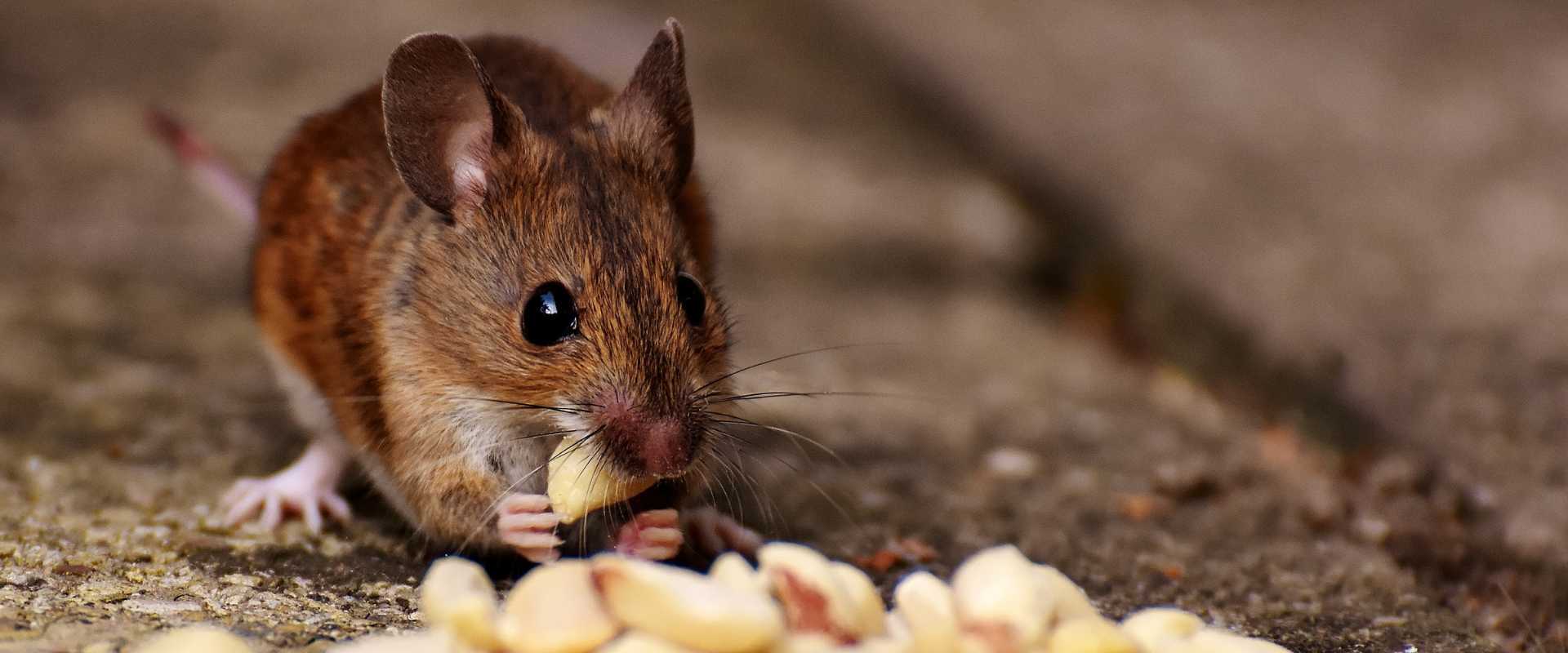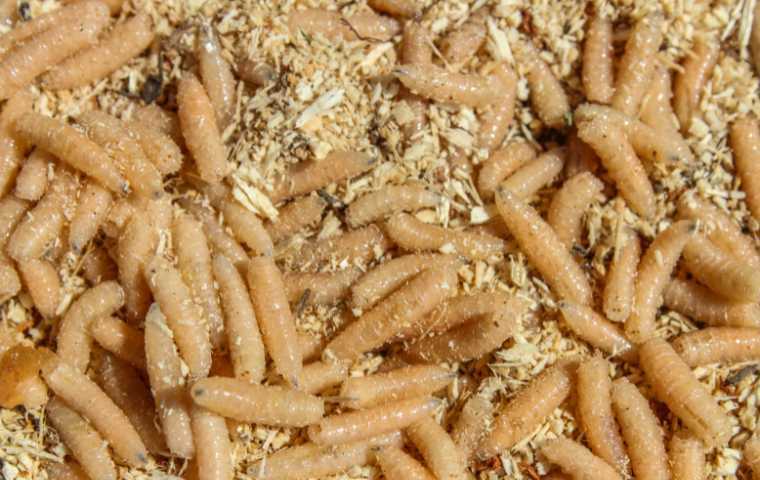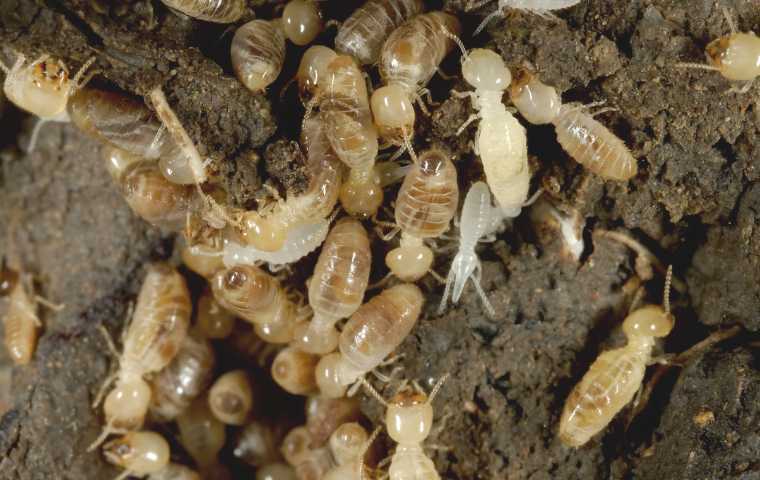
What Are Rodents?
Rodents are a diverse and widespread order of mammals characterized by a set of common features. They belong to the order Rodentia, which is the largest order of mammals, comprising over 2,000 species. Here's an overview of what rodents are:
- Morphological Characteristics: Rodents are characterized by several distinctive morphological features. They have sharp, continuously growing incisors in both the upper and lower jaws, which they use for gnawing. These incisors are covered by enamel on the front surface and dentin on the back, which wears down unevenly, leading to a self-sharpening effect.
- Diversity: Rodents are incredibly diverse, encompassing a wide range of species, including mice, rats, squirrels, beavers, porcupines, hamsters, and guinea pigs. They vary in size from the tiny African pygmy mouse to the large capybara, which can weigh up to 150 pounds.
- Habitat and Distribution: Rodents can be found on every continent except Antarctica. They inhabit a broad range of ecosystems, from deserts to forests, and from grasslands to urban environments. Their adaptability and ability to exploit various niches contribute to their widespread distribution.
- Diet: Most rodents are herbivorous, consuming a diet primarily consisting of plants, seeds, nuts, and fruits. However, some species, like rats and mice, can also be omnivorous, feeding on insects, small animals, and even human food.
- Reproduction: Rodents are known for their high reproductive rates. They often have multiple litters per year, with relatively short gestation periods. This reproductive strategy has contributed to their success as a taxonomic group.
- Ecological Importance: Rodents play vital roles in ecosystems. They serve as prey for numerous predators, contribute to seed dispersal, and can shape vegetation communities through their foraging and burrowing activities.
- Economic Impact: While many rodents are essential in natural ecosystems, some species are pests, and can be problematic for humans. They can damage crops, carry diseases, and infest homes, making them important subjects of pest control efforts.
- Social Behavior: Rodents exhibit a wide range of social behaviors. Some are solitary, while others live in complex social structures. For instance, beavers are known for their cooperative family units, while prairie dogs live in extensive underground colonies with highly organized societies.
Rodents are a diverse group of mammals defined by their characteristic gnawing incisors, found in a wide range of environments across the world. They have a significant ecological impact and, while some are pests to humans, they are integral to the natural world's functioning. Understanding and managing rodents is essential in maintaining both healthy ecosystems and human well-being.
What Types Of Rodents Are There?
Rodents are an incredibly diverse group of mammals, with over 2,000 species belonging to the order Rodentia. They exhibit a wide range of sizes, shapes, and behaviors. Here, I'll provide an overview of some of the most common and distinctive types of rodents:
Mice: Mice are small rodents with compact bodies, pointed snouts, and long tails. They have a wide range of species and are known for their adaptability and quick reproduction.
Rats: Rats are larger rodents than mice, with stout bodies and long tails. They are highly adaptable and often found in urban areas.
Voles: Voles are small, mouse-like rodents with stocky bodies and short tails. They are excellent burrowers and are often found in grassy habitats.
Chipmunks: Chipmunks are small, striped rodents with cheek pouches. They are known for their active behavior and are commonly found in North America.
Squirrels: Squirrels are medium-sized rodents with bushy tails. They are agile climbers and are known for their tree-dwelling lifestyle.
Groundhogs (Woodchucks): Groundhogs are large, burrowing rodents with stout bodies. They are herbivorous and hibernate during the winter.
This list only scratches the surface of the incredible diversity of rodent species. Each type of rodent has unique adaptations, behaviors, and ecological roles, making them a fascinating and essential part of the world's ecosystems.
What Do Rodents Look Like?
Rodents exhibit a wide range of physical characteristics, but they share some common features that distinguish them as a taxonomic order. Here is what rodents generally look like:
- Body Size and Shape: The size of rodents can vary significantly, ranging from tiny mice weighing a few grams to capybaras, which can weigh over 100 pounds. However, most rodents have compact bodies with a relatively high metabolic rate.
- Fur: Rodents typically have fur covering their bodies, which varies in color and texture depending on the species. Colors can include brown, gray, black, white, and a combination of these. The texture of the fur can be soft and dense or coarse and spiky.
- Head: Rodents have distinct, elongated heads with a pair of sharp, continuously growing incisors in both the upper and lower jaws. These incisors are usually yellow or orange and stand out prominently. The size of the head can vary, with some species having more prominent cheeks and muzzles than others.
- Eyes: Rodents typically have small, round eyes that can vary in color. The size and positioning of the eyes on the head depend on the specific species.
- Ears: Their ears can be rounded or pointed, also varying in size depending on the species. Rodents often have good hearing, which is essential for detecting predators and communication.
- Limbs and Tail: Rodents generally have four legs, each with sharp claws. Their limbs are well-adapted for climbing, digging, and running. The length and thickness of the tail can vary significantly. Some have long, slender tails, while others have shorter, bushy tails. The tail is used for balance, communication, and in some species, for thermoregulation.
- Sensory Whiskers: Many rodents have specialized sensory whiskers, or vibrissae, around the nose and mouth. These whiskers are highly sensitive and help them navigate their environment and locate food in the dark.
- Diversity: It's essential to note that the appearance of rodents can vary greatly across species. For example, squirrels have a bushy tail, whereas beavers have a broad, flat tail adapted for swimming and building dams. Porcupines are known for their quills, while hamsters have cheek pouches for storing food.
- Sexual Dimorphism: In some rodent species, there may be differences in physical characteristics between males and females.
Rodents are a diverse group of mammals with a wide range of physical characteristics, but they are characterized by their gnawing incisors, fur-covered bodies, and adaptability to various environments. The specific appearance of a rodent species depends on its evolutionary adaptations and ecological niche.
Where Are Rodents Found?
Rodents can be found in various habitats worldwide, and their specific locations can depend on the species and environmental factors. Here is where you might find rodents:
Urban Areas: Rodents like house mice and brown rats are common in cities and towns. They are often found near human habitation, as they can easily access food and shelter in urban environments. Look for them in alleys, basements, sewers, and even within the walls of buildings.
Forests and Woodlands: Many rodents, including squirrels, chipmunks, and voles, inhabit forests and woodlands. They nest in trees, burrows, and leaf litter on the forest floor.
Grasslands: Open grasslands and prairies are home to rodents like prairie dogs, ground squirrels, and kangaroo rats. These animals dig burrows in the ground for protection and foraging.
Deserts: Desert regions host species such as the kangaroo rat and the desert pocket mouse, which have adapted to the harsh conditions. They often live in burrows to escape extreme temperatures.
Wetlands: Muskrats, water voles, and beavers are rodents found in wetland habitats. They build dens along the water's edge and are excellent swimmers.
Farmlands: Rodents like field mice and Norway rats can be a nuisance in agricultural areas, as they feed on crops and find shelter in barns and sheds.
Mountains: Some species of rodents, such as the pika, inhabit high mountain regions. They live in rocky crevices and are adapted to cold, alpine conditions.
Caves: Certain cave-dwelling rodents, such as the cave rat, have adapted to subterranean environments and are commonly found in dark, underground spaces.
Tropical Rainforests: Rainforest regions are home to a variety of rodents, including tree-dwelling species like the tree porcupine and various rat species. They often live in the canopy or on the forest floor.
Coastal Areas: Coastal regions can be home to beach mice, which have adapted to sandy dunes and coastal environments.
Rodents are a diverse group of animals, and their distribution is influenced by factors such as climate, food availability, and predation pressure. When encountering rodents in the wild or in your home, it's important to be mindful of potential health risks and take appropriate measures for their control and management.
What Is The Life Cycle Of Rodents?
The life cycle of rodents is a complex and diverse process that can vary significantly between different species. Here is a general overview of the life cycle of rodents:
- Birth and Early Development: Rodents are mammals, and their life cycle begins with birth. Typically, a female rodent gives birth to a litter of offspring. Newborn rodents are altricial, meaning they are born undeveloped, blind, hairless, and completely dependent on their mother for nourishment and care. The mother creates a nest or uses a sheltered location to protect and care for her young.
- Nursing and Weaning: The mother provides milk to her offspring to ensure their growth and development. As the young rodents grow, they begin to open their eyes, grow fur, and become more mobile. Eventually, the mother starts weaning them off her milk and introduces solid food into their diet.
- Juvenile Stage: Once weaned, juvenile rodents continue to develop and learn essential survival skills, including foraging, social interactions, and avoidance of predators. The duration of this stage varies among species but generally lasts several weeks to a few months.
- Sexual Maturity: When rodents reach sexual maturity, they are capable of reproducing. The age at which this occurs varies by species; for some, it can be just a few months, while for others, it may take longer.
- Reproduction: Adult rodents engage in mating behaviors, with males seeking out females for reproduction. After successful mating, the female becomes pregnant and undergoes a gestation period, which can vary in length depending on the species.
- Birth of the Next Generation: The female gives birth to a new litter of offspring, and the cycle continues. The number of offspring in each litter can vary widely, from just a few to many, depending on the species.
- Aging and Lifespan: As rodents age, their reproductive capacity may decline, and they become more susceptible to predation, disease, and environmental factors. The lifespan of rodents varies among species, ranging from a year or two for smaller species like mice and rats to several years for larger species like beavers or porcupines.
- Contribution to Ecosystems: Throughout their life cycle, rodents play important roles in ecosystems as prey for various predators, seed dispersers, and in shaping their environments through activities such as burrowing and foraging.
Specific details of the life cycle, such as gestation periods, reproductive behavior, and lifespan, can vary significantly among the numerous rodent species. Each species has evolved adaptations specific to its ecological niche and survival strategies.
What Do Rodents Eat?
Rodents have a diverse and adaptable diet, and their eating habits can vary based on their species and the environment they inhabit. Here's what rodents eat:
Herbivorous Rodents:
Many rodents primarily consume plant material, such as:
- Grasses and Leaves: Species like guinea pigs and capybaras are known for their consumption of grasses and leaves.
- Seeds: Mice, rats, and squirrels often feed on seeds, both from plants and human food stores.
- Fruits and Vegetables: Some rodents, like squirrels and porcupines, consume fruits, vegetables, and tree bark.
Omnivorous Rodents:
Some rodents have a mixed diet and eat both plant and animal matter:
- Insects: Certain rodents, such as hamsters, gerbils, and dormice, include insects and small invertebrates in their diet.
- Fungi: Some rodents, like the northern flying squirrel, feed on fungi found on tree trunks and branches.
Carnivorous Rodents:
While less common, some rodents are primarily carnivorous. Some mice species, like the grasshopper mouse, are known to hunt and consume insects and even other small rodents.
Scavenging Rodents:
Urban and commensal rodents like house mice and brown rats adapt their diet to include a wide range of human food items, garbage, and carrion.
Specialized Diets:
Some rodents have unique diets specific to their ecological niches:
- Beavers: Beavers are herbivorous and feed on the bark, twigs, and leaves of trees, particularly deciduous species like aspen.
- Pika: Pikas are herbivorous and gather and store vegetation for winter consumption.
- Porcupines: Porcupines are known for their taste for tree bark and leaves, particularly in the winter.
Seed Hoarders:
Species like squirrels and chipmunks are known for collecting and storing seeds and nuts, often burying them in the ground for later consumption.
Impact on Agriculture:
Some rodents, like field mice and ground squirrels, can be agricultural pests, damaging crops and eating grain stores.
Rodents are highly adaptable and opportunistic, and their diet can change based on seasonal availability and local resources. Their varied eating habits make them successful and resilient in a wide range of environments. However, this adaptability can also lead to conflicts with humans, particularly when rodents damage crops or invade homes in search of food.
Are Rodents Dangerous?
Rodents can pose both direct and indirect risks to humans and the environment, depending on the species and circumstances. Here are some of the potential dangers associated with rodents:
- Disease Transmission: Some rodents, particularly rats and mice, can carry and transmit diseases to humans. These diseases can be spread through contact with rodent droppings, urine, or fleas. Diseases include hantavirus, leptospirosis, and salmonellosis.
- Property Damage: Rodents have strong teeth that continuously grow, leading them to gnaw on various materials, including wood, electrical wiring, and insulation. This can lead to property damage, electrical fires, and structural issues.
- Contamination: Rodents can contaminate food stores with their droppings and urine, making the food unsafe for human consumption.
- Crop Damage: Some rodent species, like field mice and ground squirrels, can be agricultural pests, damaging crops and reducing yields.
- Environmental Impact: In certain circumstances, overpopulation of rodents can lead to ecological imbalances, affecting plant and animal species and disrupting ecosystems.
- Invasion of Homes: Rodents, including house mice and rats, may enter homes in search of food and shelter. Their presence can be a nuisance and cause psychological stress.
- Allergies: Rodent allergens can trigger allergies in some individuals, leading to respiratory issues and other health problems.
- Invasive Species: When non-native rodents are introduced to new ecosystems, they can outcompete native species and disrupt local ecosystems.
- Predation on Bird Eggs: Some rodents, such as rats, can prey on bird eggs and young, impacting bird populations and biodiversity.
While many rodents can be associated with risks and problems, not all rodents are dangerous. Some species serve important ecological roles, and their presence can be beneficial in natural environments. Effective pest control and management strategies are often necessary in situations where rodents pose threats to human health, property, or the environment.
Preventive measures, such as proper sanitation, sealing entry points in buildings, and controlling food sources, can help reduce the risks associated with rodents. Additionally, humane and environmentally friendly methods of pest control should be considered whenever possible.
Latest Blog Posts

What You Should Know About Maggots
January 10, 2024
Explore the role of maggots in nature, their feeding habits, and learn how to prevent infestations. Discover the fascinating world of these decomposers.Read More

What Do Termites Look Like?
January 09, 2024
Explore the intricate world of termites with our comprehensive guide on what termites look like.Read More
